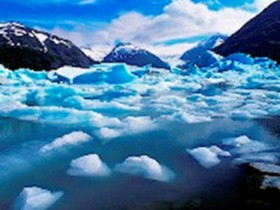 There is always ice on the Atlantic. If there wasn't, then the Titanic would have reached New York quite safely. But in 1250, this was of a different order entirely.
There is always ice on the Atlantic. If there wasn't, then the Titanic would have reached New York quite safely. But in 1250, this was of a different order entirely.
The Atlantic Ice Pack began to grow, quite rapidly and quite noticeably. This was the first indication of what was to come.
It's known for certain that the glaciers in the North Atlantic and Greenland began coming further south than at any time since the major Ice Ages. But there is also oral history to suggest that this was a worldwide phenomenon.
By 1275, plant life had frozen in Iceland. Some of them are still trapped beneath the ice now.
From then until 1300, summers were uniformly bad across Europe, North America and North Asia. Each year, the average temperatures dropped just that little bit more. After that, nobody even expected a warm summer anymore. Everyone was resigned to the cold.
This was a little more than just putting on a warm coat if you went outside. Crops need sunlight; and they don't need excessive rain. The rains came with a vengeance.
It had been quite wet throughout Northern Europe since 1310, but what happened in 1315 was unprecedented. Only oral and legendary memories of the thawing of the Great Ice Age, around 9,300 years previously, was worse. That had led to the Great Flood of (quite literally) Biblical proportions.
Now heavy rain in Spring washed away the seeds in the ground. It rained heavily and constantly until 1317; and people starved. Seed stores were consumed for sustenance, which made it impossible to plant crops even when the bad weather was over. Famine overtook much of Europe and North Asia until 1322. Average life expectancy averaged just 35 years old.
The stories told of that time are horrific. Cannibalism, elderly people voluntarily starving, children cast out into forests to fend for themselves (the origin of Hansel and Gretel by the way), riots and violence formed just some of the tales.
And still we weren't in what historians call the Little Ice Age.


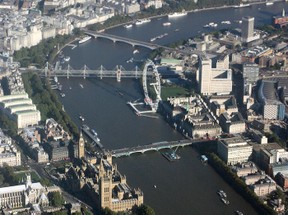 One of my favorite memories recalls standing on Westminster Bridge overlooking the River Thames in London. I've been there many times, but this was with two friends.
One of my favorite memories recalls standing on Westminster Bridge overlooking the River Thames in London. I've been there many times, but this was with two friends.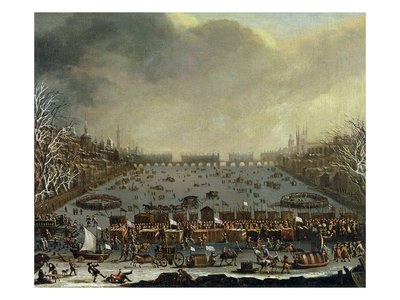

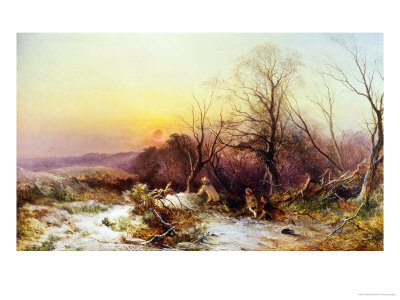
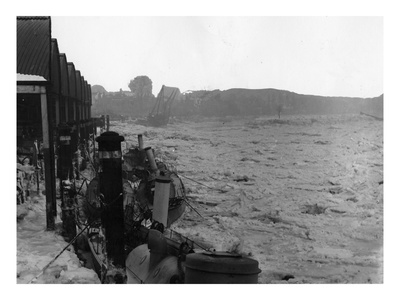
 There is always ice on the Atlantic. If there wasn't, then
There is always ice on the Atlantic. If there wasn't, then 


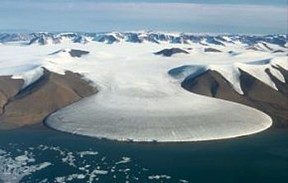 If the Atlantic ice had grown during the late 13th and 14th centuries, then that was nothing compared to what happened next.
If the Atlantic ice had grown during the late 13th and 14th centuries, then that was nothing compared to what happened next.


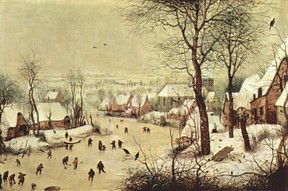 We half expect Northern Europe to be cold. Writing this in Britain in December, I can confirm that even without a Little Ice Age, it's very chilly. But what about South Africa?
We half expect Northern Europe to be cold. Writing this in Britain in December, I can confirm that even without a Little Ice Age, it's very chilly. But what about South Africa? 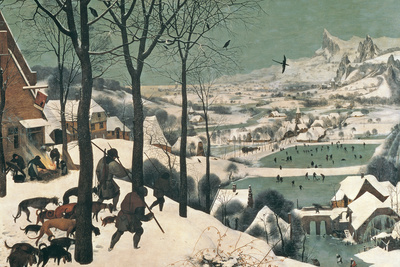
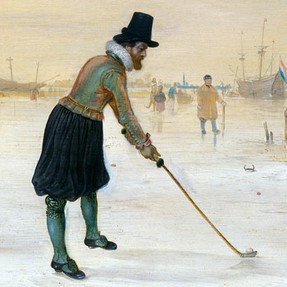 With all this talk of celebrations on frozen rivers, it may have sounded like fun. But those fluctuating weather patterns, terrible storms and ruined crops were on-going all of this time.
With all this talk of celebrations on frozen rivers, it may have sounded like fun. But those fluctuating weather patterns, terrible storms and ruined crops were on-going all of this time.


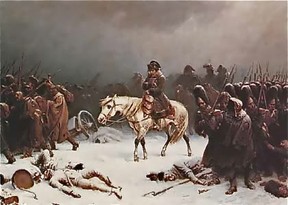 After 1715, things seemed to stabilize a little more. At least as regards the weather.
After 1715, things seemed to stabilize a little more. At least as regards the weather. 


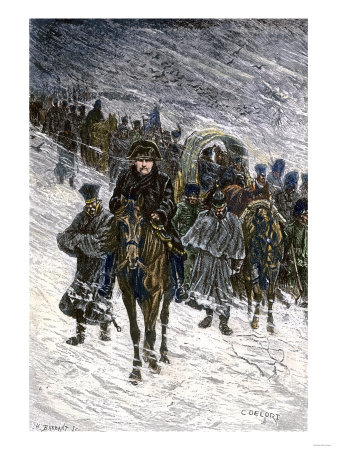
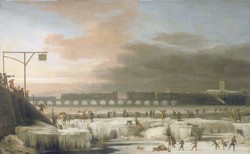

 St Tydecho's Churches in West Waleson 09/03/2014
St Tydecho's Churches in West Waleson 09/03/2014
 Goodies for an Outlander Premiere Partyon 03/06/2015
Goodies for an Outlander Premiere Partyon 03/06/2015
 Holocaust Memorial Day Interview with Rainer Höss, Grandson of Rudolf Architect of Auschwitzon 01/24/2015
Holocaust Memorial Day Interview with Rainer Höss, Grandson of Rudolf Architect of Auschwitzon 01/24/2015
 Romantic Valentine Gifts for an Outlander Fanon 01/16/2015
Romantic Valentine Gifts for an Outlander Fanon 01/16/2015

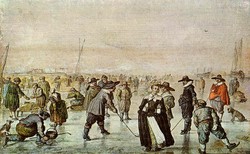
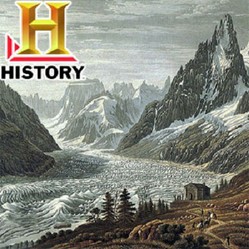
Comments
I can't imagine ice bridges so strong. They must have been something quite awesome to behold.
Interesting discussion. I've lived (in Canada) where we have had ice bridges across rivers. Even large trucks used them, so they were thick. Transposing those conditions to England makes you think.
I shall ask him. Thanks!
Well, if the ocean level is rising due to melting ice, why did the levels rise during the ice age?
This is why medieval and post-medieval costumes are so heavy and warm to wear.
I've got a Physicist on standby to answer our questions about the Little Ice Age. If you want to ninja in some of your own, now is a great moment to do so.
Wow! I didn't realize it was so recent. That makes it scary!
It was eight foot thick in places.
It caused problems for the watermen, who had ancient rights to work on the Thames. The ice meant that they couldn't ply their trade in boats, so they set up stalls.
But the coachmen and stagecoach drivers argued that the Thames was no longer water, hence they could also bring people onto it. It all got quite nasty!
It wasn't just the end of the Little Ice Age which stopped the Frost Fairs. The ice had been aided and abetted by the old London Bridge. The pillars holding it up trapped huge blocks of ice coming from further along. This tamed the currents somewhat, as it acted a little like a porous dam. That's what allowed the ice to grow so thick.